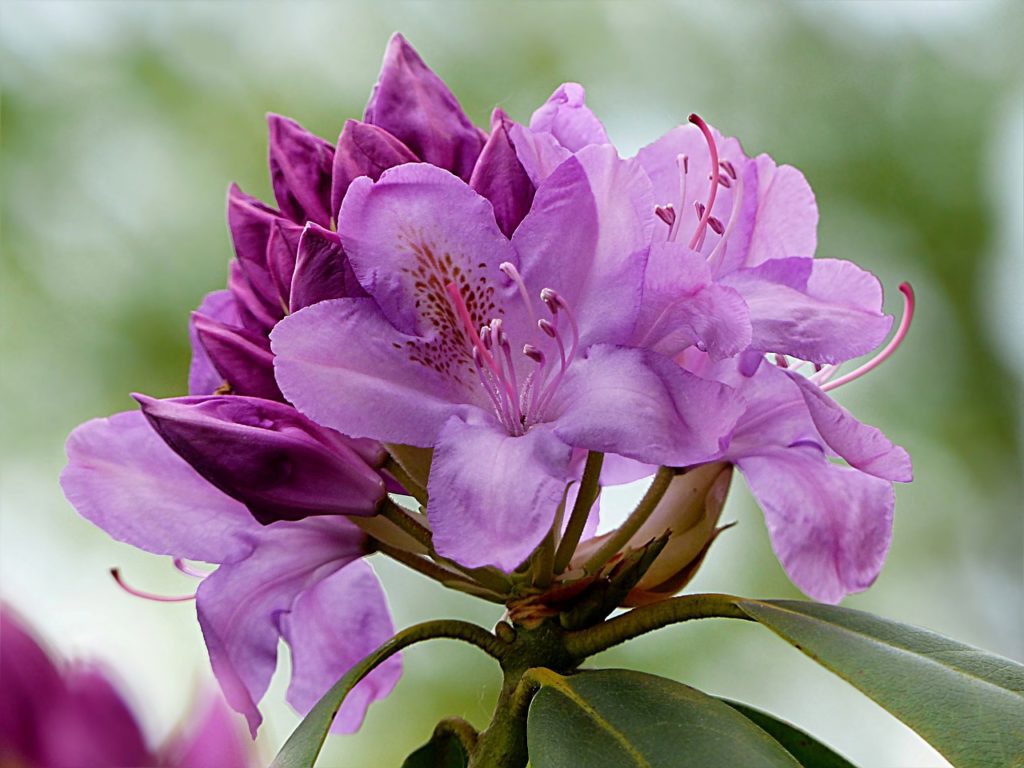Brilliant Outdoor Lighting
As the days grow shorter, outdoor lighting that adds not only beauty but a safe path to your door is essential. This is true whether we’re talking about your home or business. The goal of outdoor lighting is for welcoming, safety. And, when the seasons turn warm again, your outdoor lighting can greatly extend the use of your patios, decks and pool areas for family use and entertaining.
If you’ve been researching outdoor lighting you’ve probably come across terms like up-lighting, down-lighting, silhouetting, highlighting, and wall-washing, to name a few. Not all outdoor lighting fixtures are created equal. Some are quite bright, others don’t give enough output, and many are not built to last for years in our harsh weather. Outdoor lighting is complex and more worthy of consideration than simply going to your local hardware or lumber store and sticking in a few solar lights alongside your drive. Understanding the differences in lights and lighting techniques, and knowing how to use each one to your property’s best advantage is one of the best reasons to hire a landscaping company like Augustine Nursery.
Reasons to choose a professional solution:
Security & Safety
Knowledge of the latest technologies including solar and low voltage
Design skills to integrate lighting with your architecture and landscaping
Enhancing the resale value of your home
Let your guests see your home in a whole new light. We know how to integrate a variety of lighting types for the very best effect. By combining overall lighting to illuminate your general landscape, task lighting for performance, and accent lighting to emphasize specific features, we can create a lighting design that is aesthetically pleasing and functional.
Use a variety of lighting types for the best effect. Through a combination of overall lighting that illuminates your general landscape, task lighting that helps perform a job, and accent lighting which emphasizes features, you can create a lighting design layout that is both aesthetically pleasing and functional!
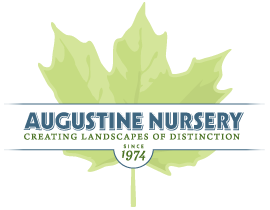
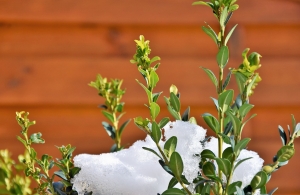 Broadleaf Evergreens
Broadleaf Evergreens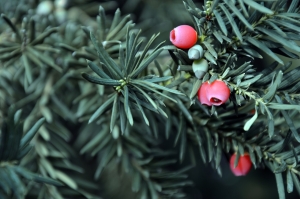 Conifer Evergreen Shrubs
Conifer Evergreen Shrubs Conifer Evergreen Trees
Conifer Evergreen Trees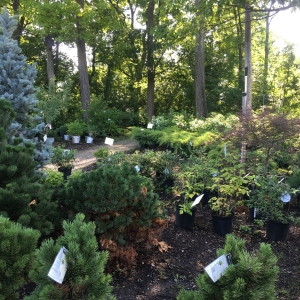 Don’t accept the monotony of a typical winter landscape. Augustine Nursery carries an impressive array of evergreens in all shapes and sizes for homeowners and landscapers. Ask us how you can best add evergreens to your yard.
Don’t accept the monotony of a typical winter landscape. Augustine Nursery carries an impressive array of evergreens in all shapes and sizes for homeowners and landscapers. Ask us how you can best add evergreens to your yard. 